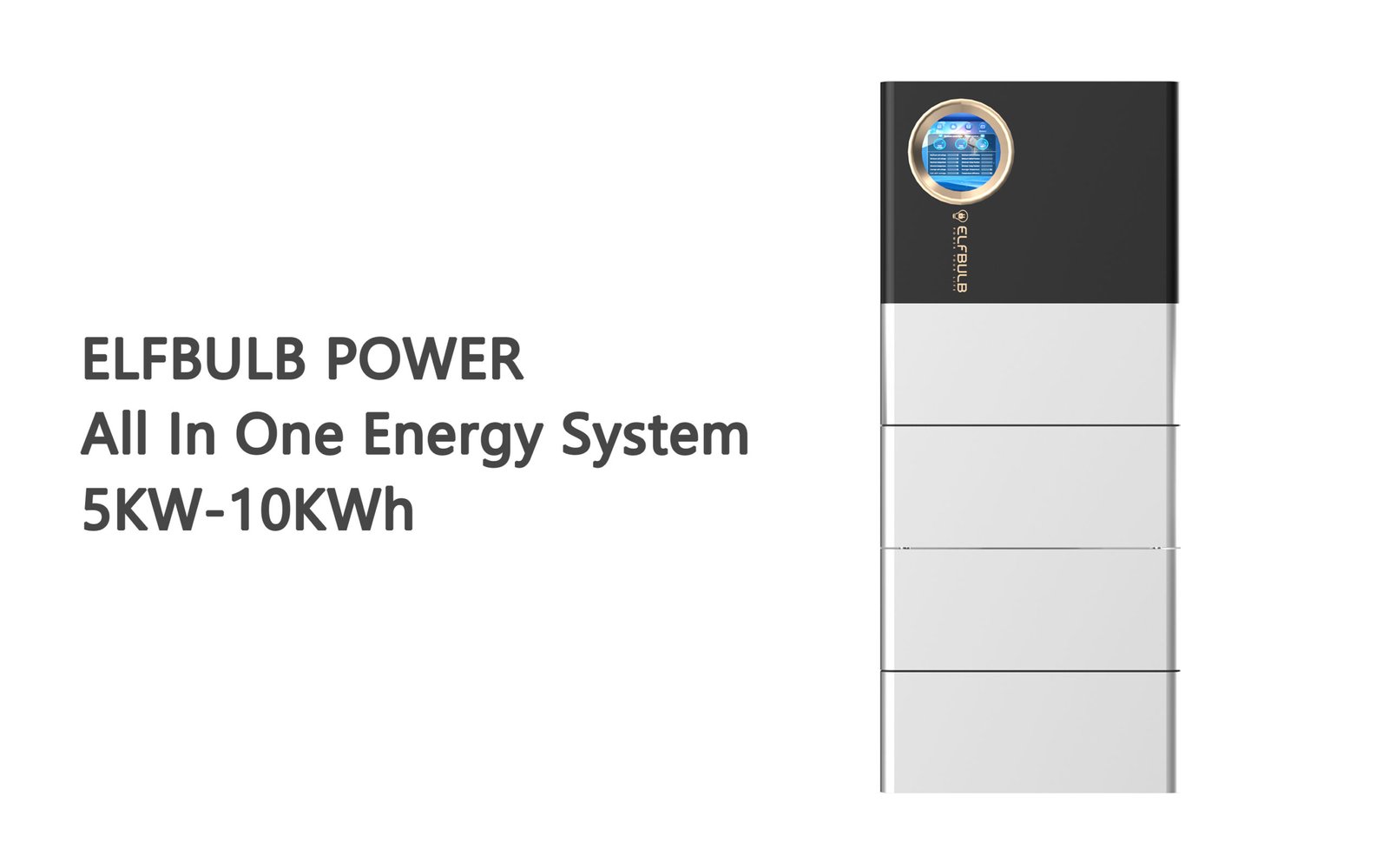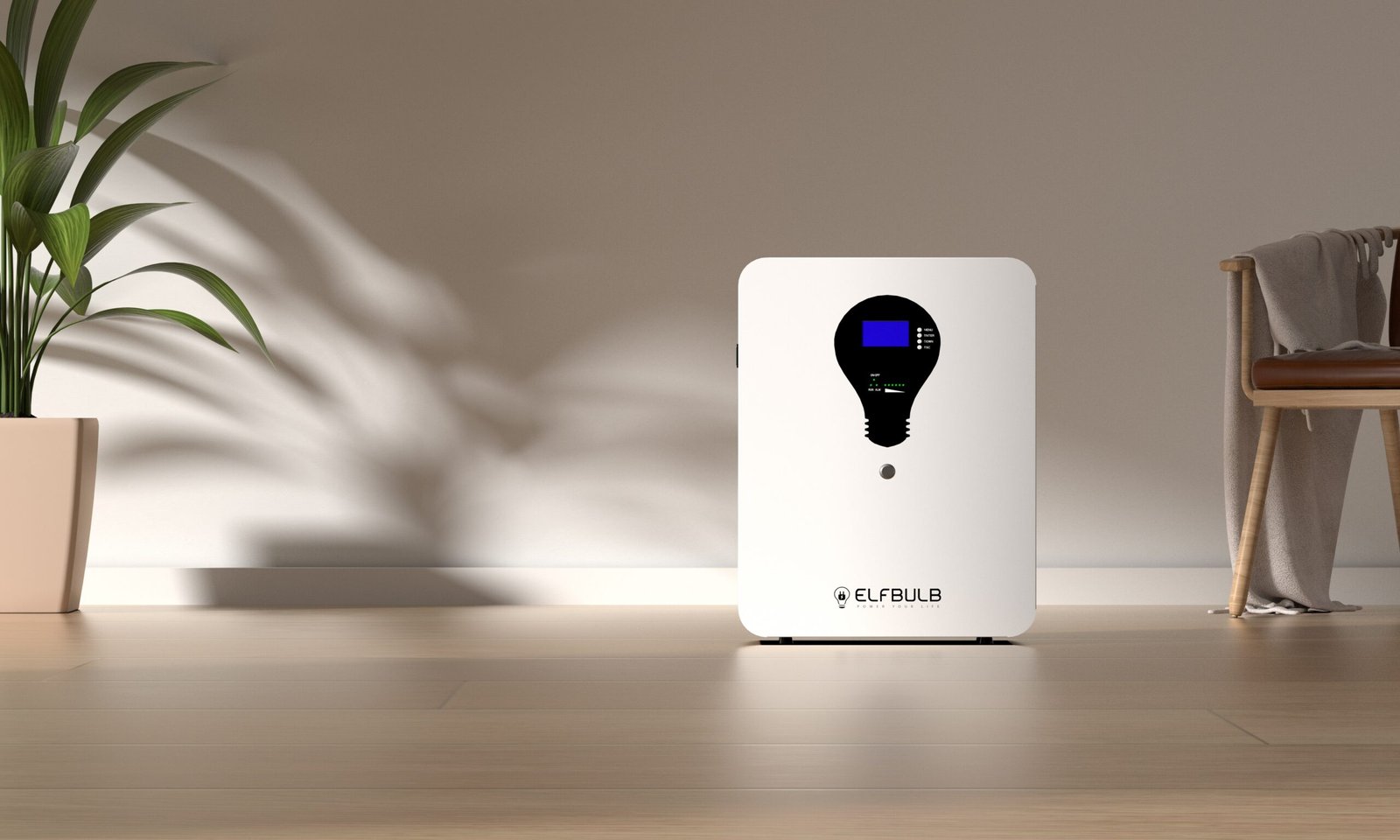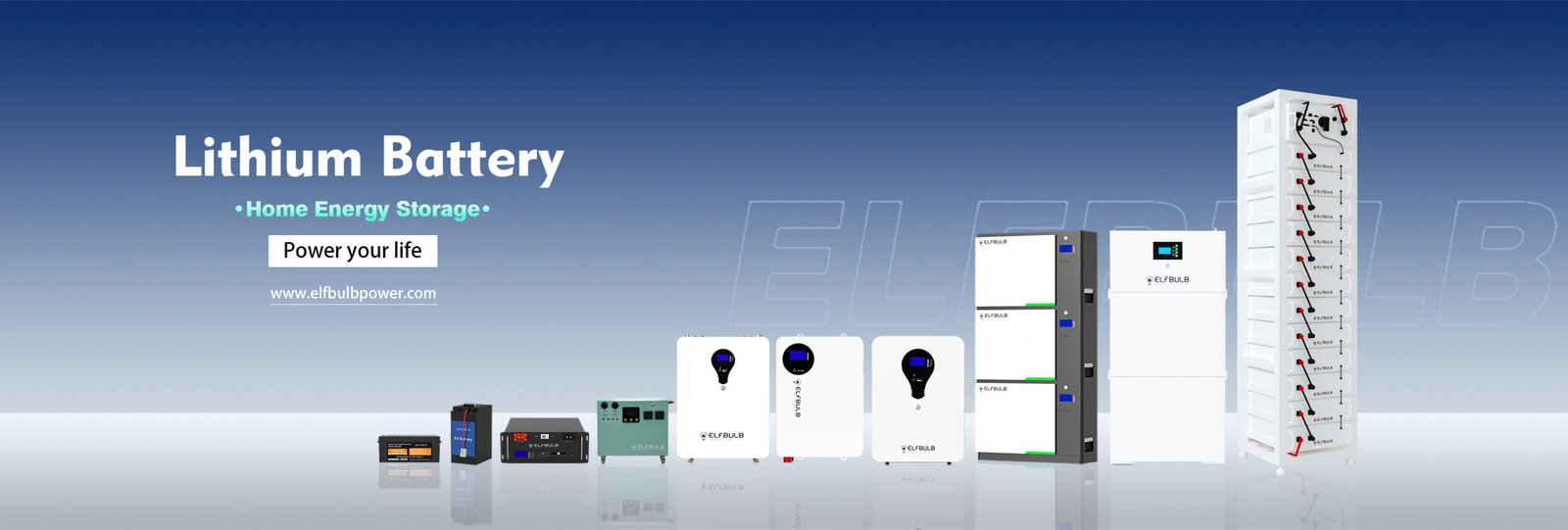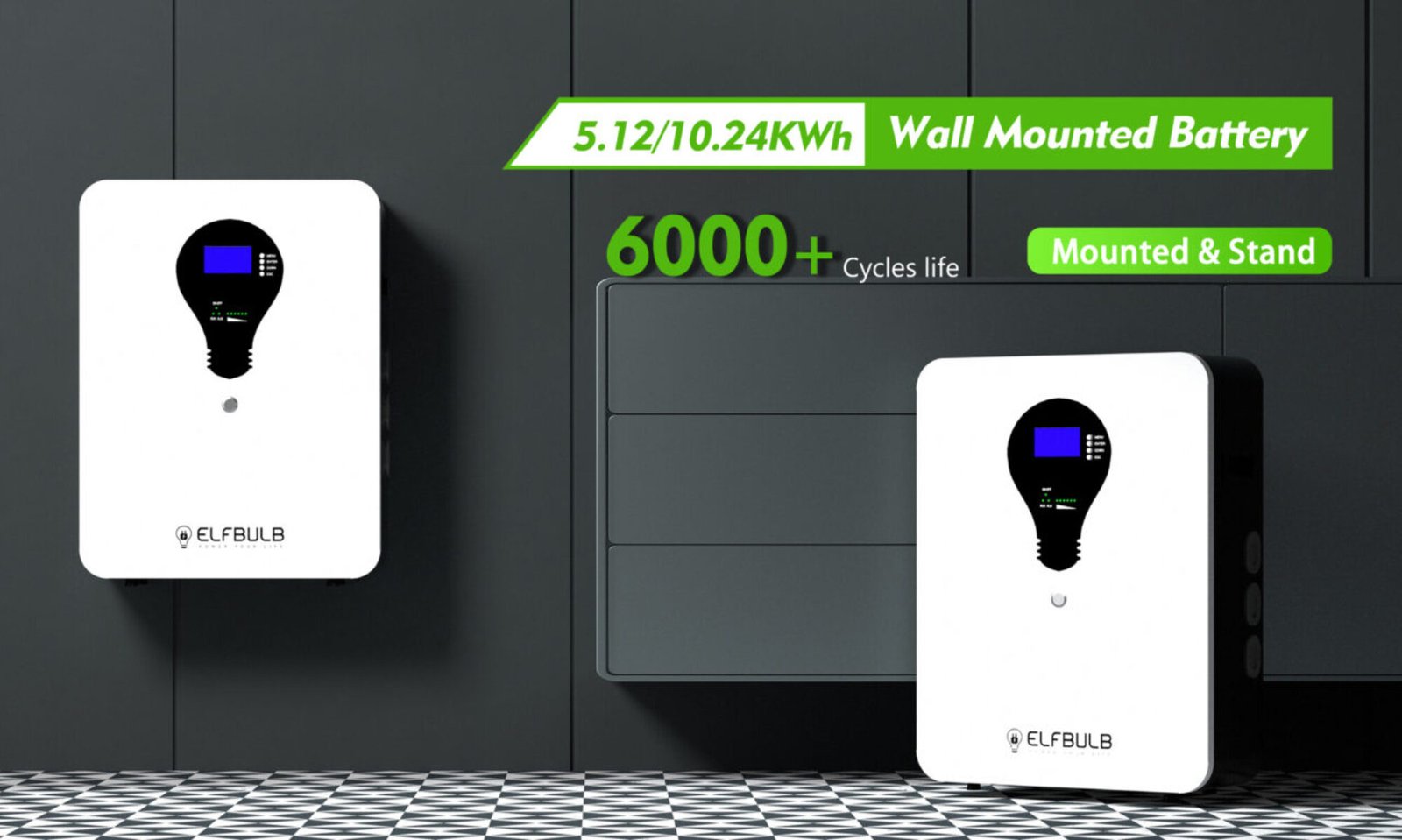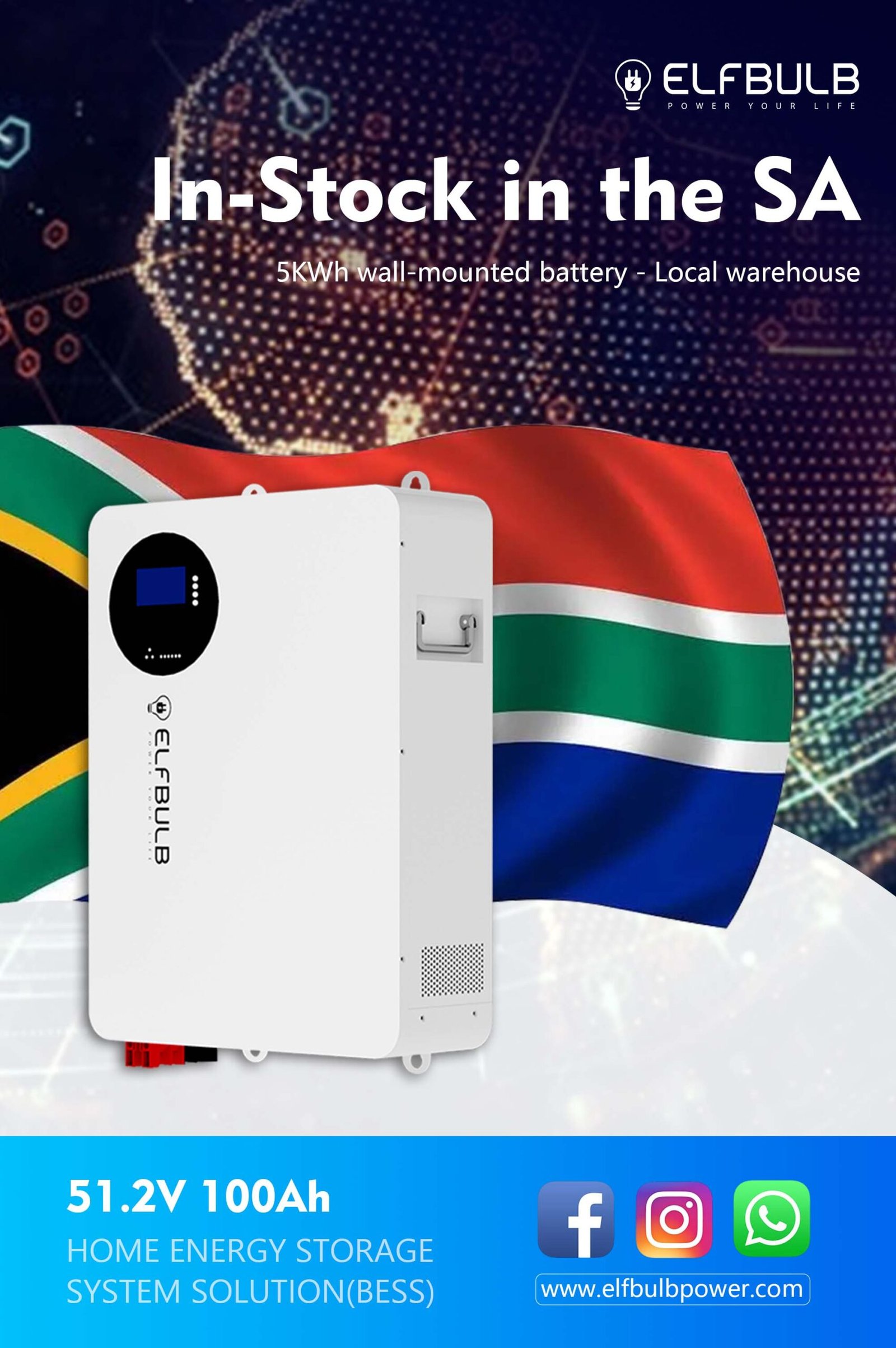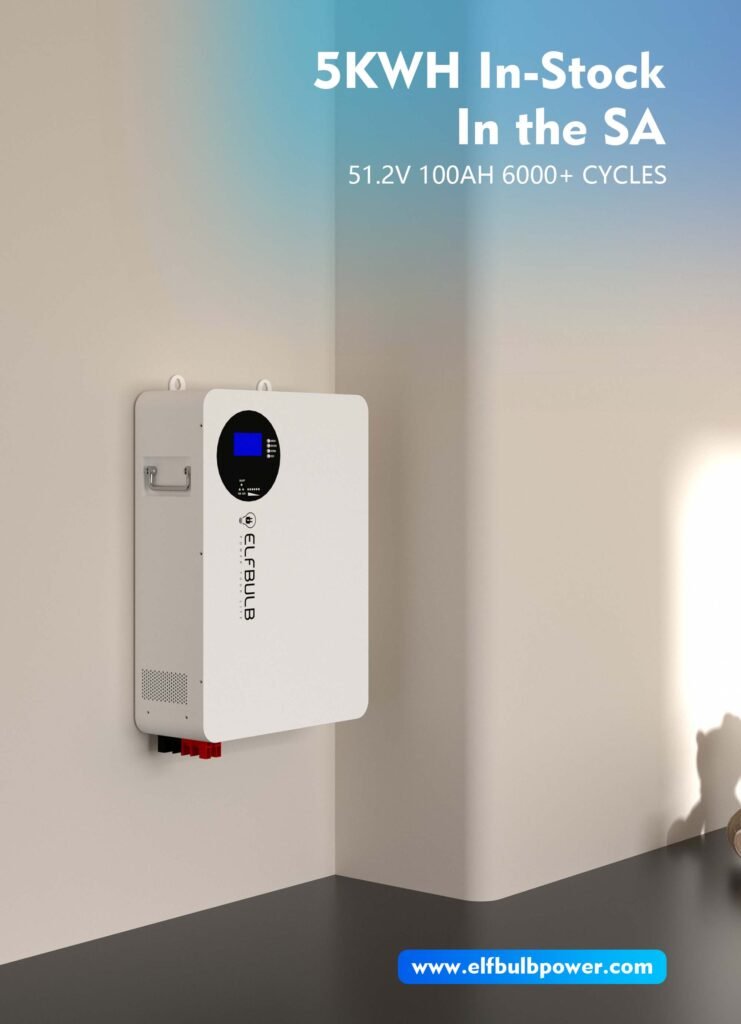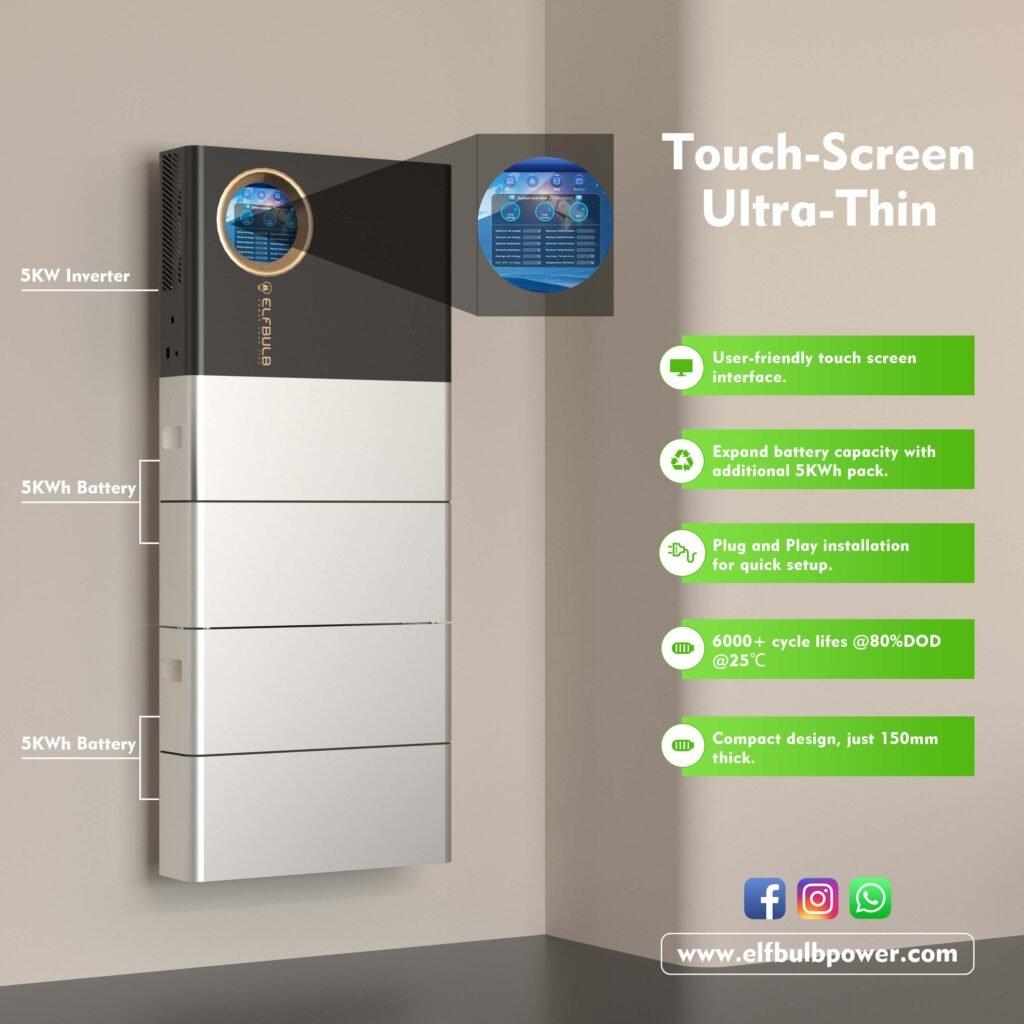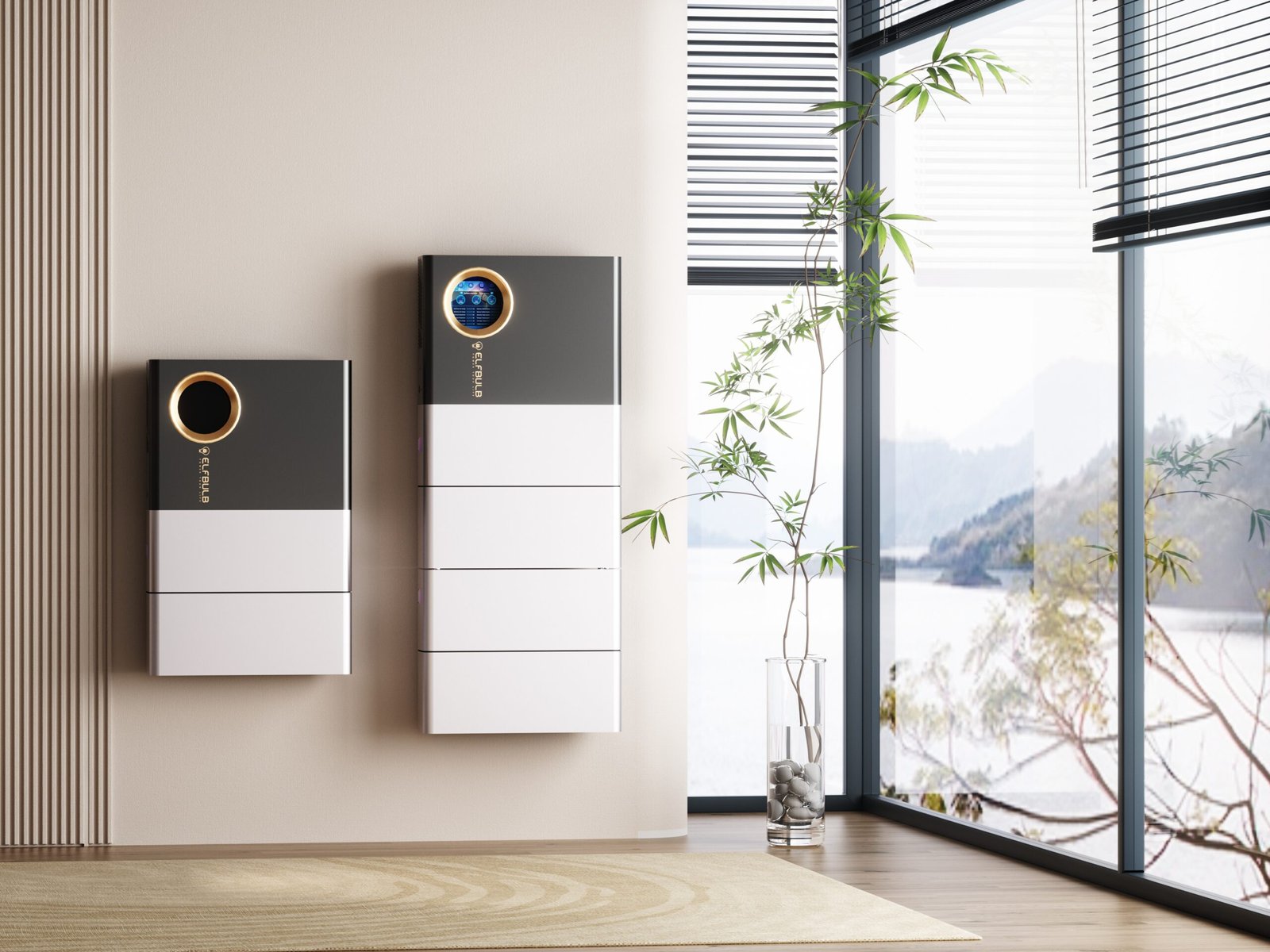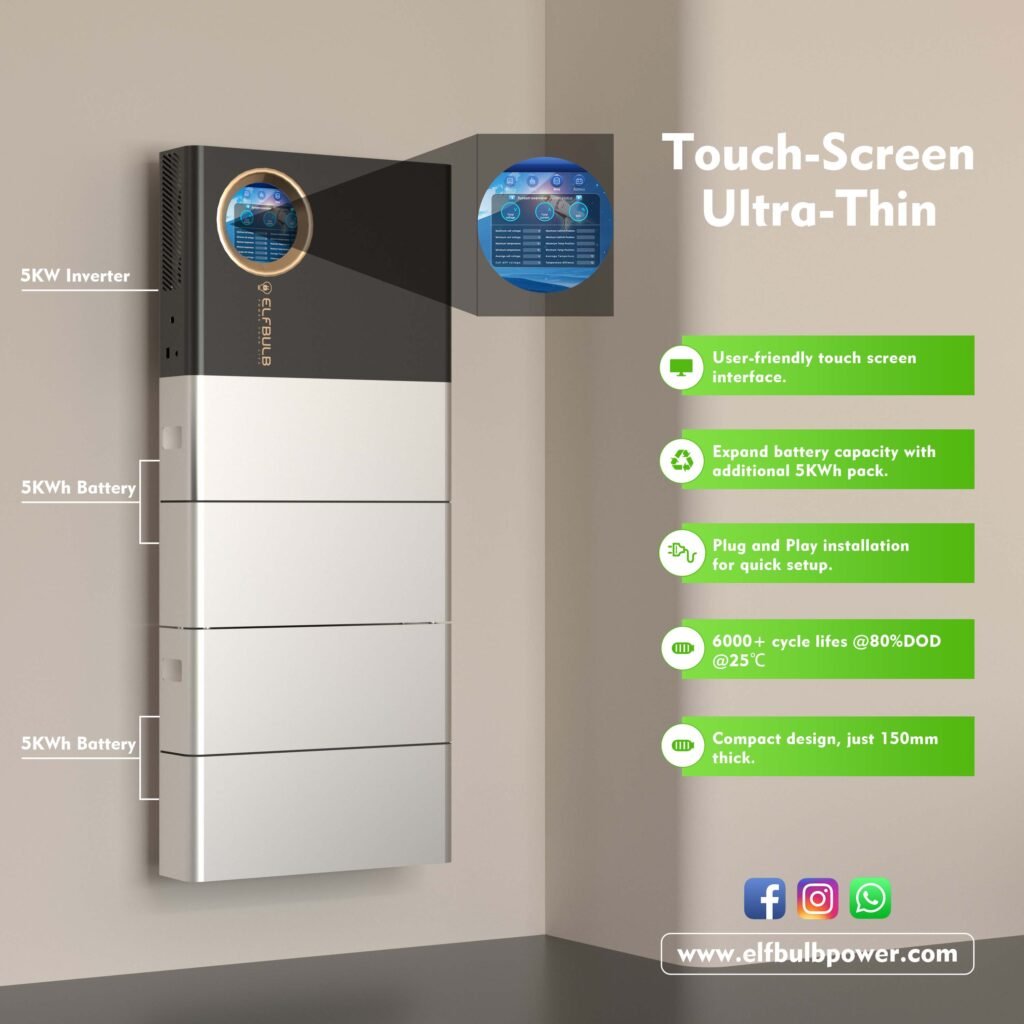As the world transitions toward cleaner energy sources, electric vehicles (EVs) and 10KWh Lithium Battery Energy Storagee System are becoming increasingly popular. One critical aspect of these technologies is understanding how long it takes to charge their batteries. In this blog post, we’ll explore the factors affecting charging time and provide practical insights for renewable energy enthusiasts.
Understanding Battery Capacity
Before diving into charging times, let’s grasp the concept of battery capacity. The capacity of a battery is typically measured in kilowatt-hours (kWh). A 10kWh battery can store 10 kilowatt-hours of energy. Whether it’s an EV battery or a home energy storage system, the capacity determines how much energy the battery can hold.

Factors Influencing Charging Time
Several factors impact the time required to charge a 10kWh battery:
- Charging Rate: The charging rate, usually measured in amps (A), determines how quickly energy flows into the battery. Higher charging rates lead to faster charging times. However, it’s essential to consider the battery’s maximum charging rate to avoid damaging it.
- Efficiency: No charging process is 100% efficient. Some energy is lost as heat during charging. Therefore, the actual charging time will be longer than the theoretical calculation based on the charging rate.
- Battery State of Charge (SoC): Charging from a lower SoC (e.g., 20%) to a higher SoC (e.g., 80%) is faster than charging from 0% to 100%. Most charging stations focus on this range (20% to 80%) for optimal efficiency.
- Charging Infrastructure: The type of charger matters. Level 1 chargers (standard household outlets) are slower, while Level 2 chargers (240V outlets) are faster. DC fast chargers used for EVs can significantly reduce charging time.
- Battery Chemistry: Different battery chemistries (e.g., lithium-ion, lead-acid) have varying charge characteristics. Lithium-ion batteries, commonly used in EVs, charge faster than lead-acid batteries.
Charging Time Estimates
Let’s estimate the charging time for our 10kWh battery:
- Charging at 10 Amps: Assuming 100% efficiency, it will take approximately five hours for the battery to go from empty to full. However, charging is often inefficient, so accounting for an 80% efficiency loss, you’ll need to wait around 6.25 hours.
- Using a Level 2 Charger: A Level 2 charger typically provides 240V and 30A. At this rate, charging a 10kWh battery from 20% to 80% could take around 2 to 3 hours.
- DC Fast Charging: DC fast chargers can charge an EV battery to 80% in as little as 30 minutes. However, these chargers are not commonly available for home energy storage systems.
Practical Tips
- Know Your Charger: Understand the charging capabilities of your EV or home battery system. Invest in a suitable charger to optimize charging time.
- Plan Ahead: Charge during off-peak hours when electricity rates are lower. This also reduces strain on the grid.
- Monitor SoC: Avoid fully depleting the battery. Frequent partial charges are better for battery health.
- Consider Solar: If you’re using renewable energy, consider coupling your battery with solar panels for sustainable charging.
In conclusion, charging a 10kWh lithium battery varies based on factors like charging rate, efficiency, and infrastructure. Stay informed, choose the right equipment, and embrace the clean energy revolution! 🌱⚡

